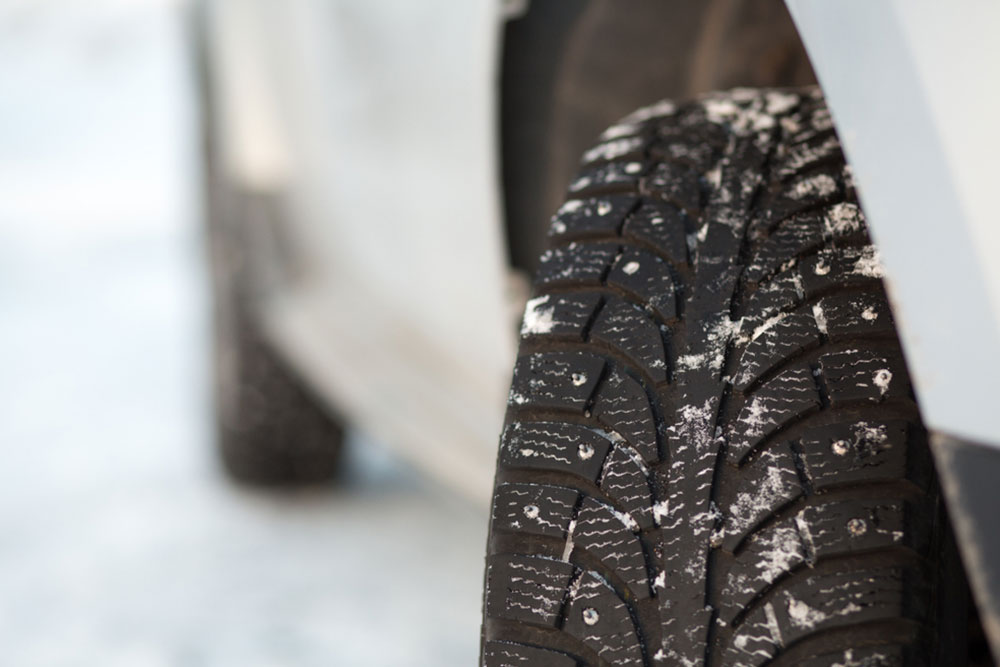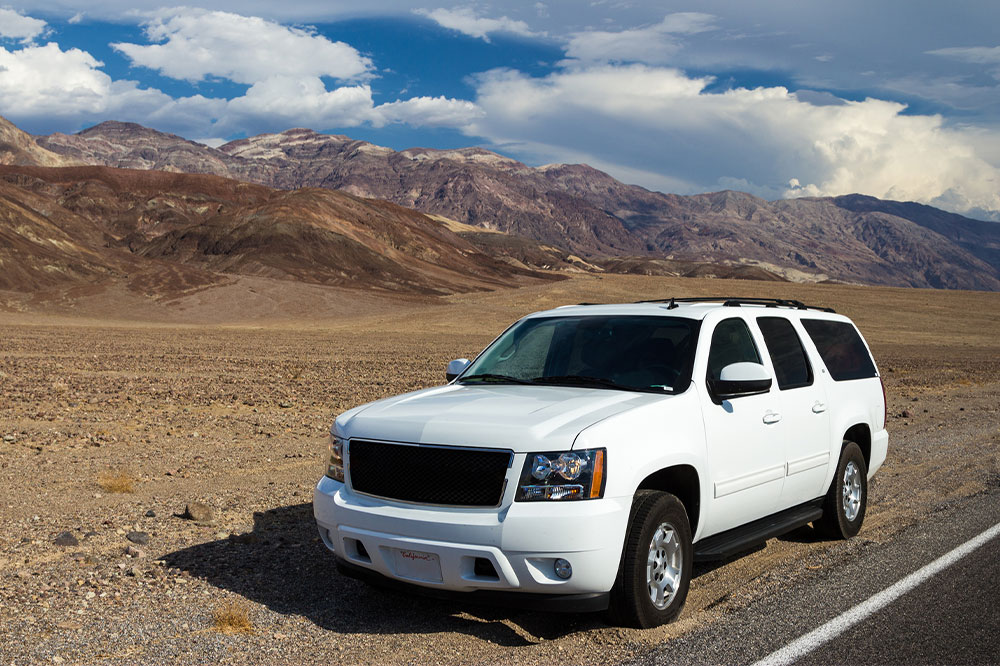The Importance of Using Winter Tires for Safer Cold-Weather Driving
Switching to winter tires during cold months is crucial for vehicle safety. These tires excel in maintaining traction, enhancing braking, and resisting hydroplaning in snow and ice. Designed from specialized materials, winter tires deliver better handling, safer stops, and improved control in harsh winter weather, making them essential for safer driving in snowy regions. Investing in quality winter tires can significantly reduce accident risks and provide peace of mind during the winter driving season.

Benefits of Upgrading to Winter Tires
As the seasons change and temperatures drop, drivers face increased challenges on the roads, particularly during winter months. Advances in tire manufacturing and design have expanded options for handling various weather conditions and terrains. While all-season or all-terrain tires offer versatility for different seasons, they often fall short when it comes to the extreme cold and snow typical of winter. Consequently, switching to specialized winter tires becomes essential, especially for motorists residing in northern regions or areas prone to harsh winter storms. Using appropriate tires not only ensures better vehicle performance but significantly enhances safety for drivers and passengers alike.
Understanding why winter tires outperform regular tires during cold weather can help vehicle owners make informed decisions that protect their loved ones and reduce accident risks. This comprehensive guide explores the many benefits of choosing winter tires, the technology behind their design, and how they contribute to a safer winter driving experience.
Innovative Materials for Cold Conditions
Winter tires are constructed from specially formulated rubber compounds that maintain their flexibility even in extremely low temperatures. Unlike standard tires that tend to harden and lose their grip below seven degrees Celsius, winter tires retain their softness, enabling better contact with icy or snow-covered surfaces. This flexibility is crucial for maintaining traction, control, and safety during winter driving. The rubber compounds used in winter tires incorporate silica and other additives that enhance elasticity and durability, allowing these tires to perform optimally in cold climates.
Superior Braking Abilities in Icy Conditions
One of the most critical aspects of winter driving safety is effective braking. Regular tires often struggle to grip icy or snowy roads, increasing the risk of skidding, longer stopping distances, and potential accidents. Winter tires, however, provide markedly improved braking performance, thanks to their specialized tread patterns and rubber compositions. Their superior grip allows drivers to stop more quickly and with greater control, reducing the likelihood of collisions and providing peace of mind during severe winter weather.
Enhanced Resistance to Hydroplaning
Hydroplaning occurs when a layer of water or slush prevents tire contact with the road, leading to loss of steering and braking control. This phenomenon becomes exceptionally dangerous during winter, when icy slush and melting snow create slick surfaces. Winter tires are equipped with unique tread designs, including lateral grooves and channels that effectively direct water and slush away from the tire contact patch. By evacuating water more efficiently, winter tires significantly decrease hydroplaning risks, ensuring better grip even in wet or slushy conditions.
Maximized Traction on Snow and Ice
Driving on snow-covered roads demands tires with deep, aggressive treads that can bite into the snow and ice. Winter tires boast large, wide sipes—small slits in the tread—that increase biting edges and improve grip. Their crisscrossing patterns and wide channels help displace snow and slush, providing consistent traction and reducing slipping at higher speeds. This design allows for safer acceleration, steering, and braking in winter conditions, giving drivers greater confidence and control.
Enhanced Vehicle Handling and Control
Winter tires are typically narrower than standard tires, which concentrates pressure on a smaller contact area. This focus improves grip and traction on snow and ice. Additionally, their tread patterns are engineered to cut through snow layers efficiently, improving maneuverability and stability during winter driving. Better handling not only offers increased safety but also reduces driver fatigue by providing predictable and responsive vehicle behavior under adverse conditions. When winter tires are properly installed and maintained, they help ensure that your vehicle responds precisely to driver inputs, even in challenging weather.
Leading manufacturers of winter tires include renowned brands such as Bridgestone, Nokian, Continental, Michelin, Pirelli, Gislaved, Toyo, Dunlop, Hercules, Goodyear, and Yokohama. These companies invest heavily in research and development to produce tires that meet the highest safety standards, providing customers with reliable and high-performance winter driving solutions.





